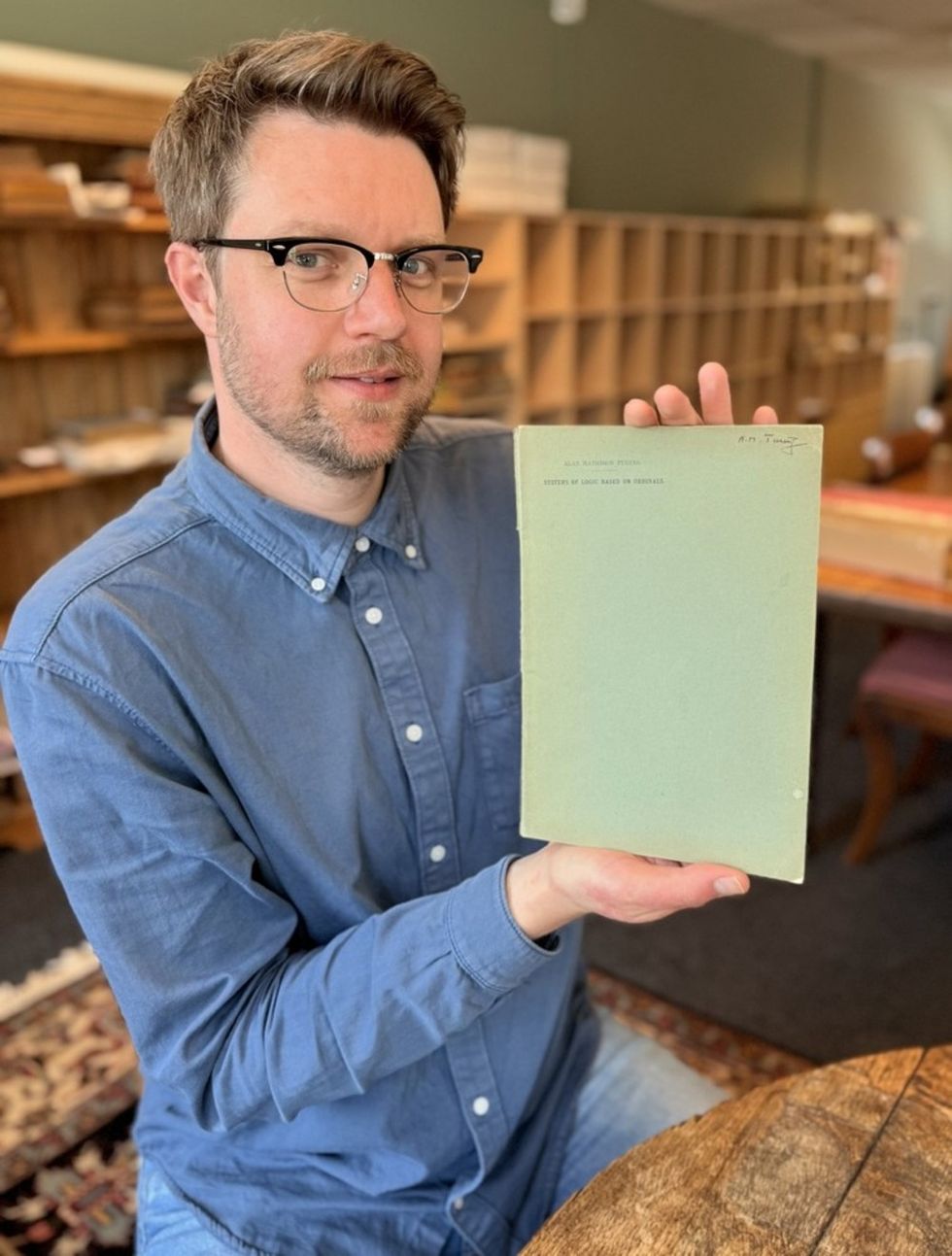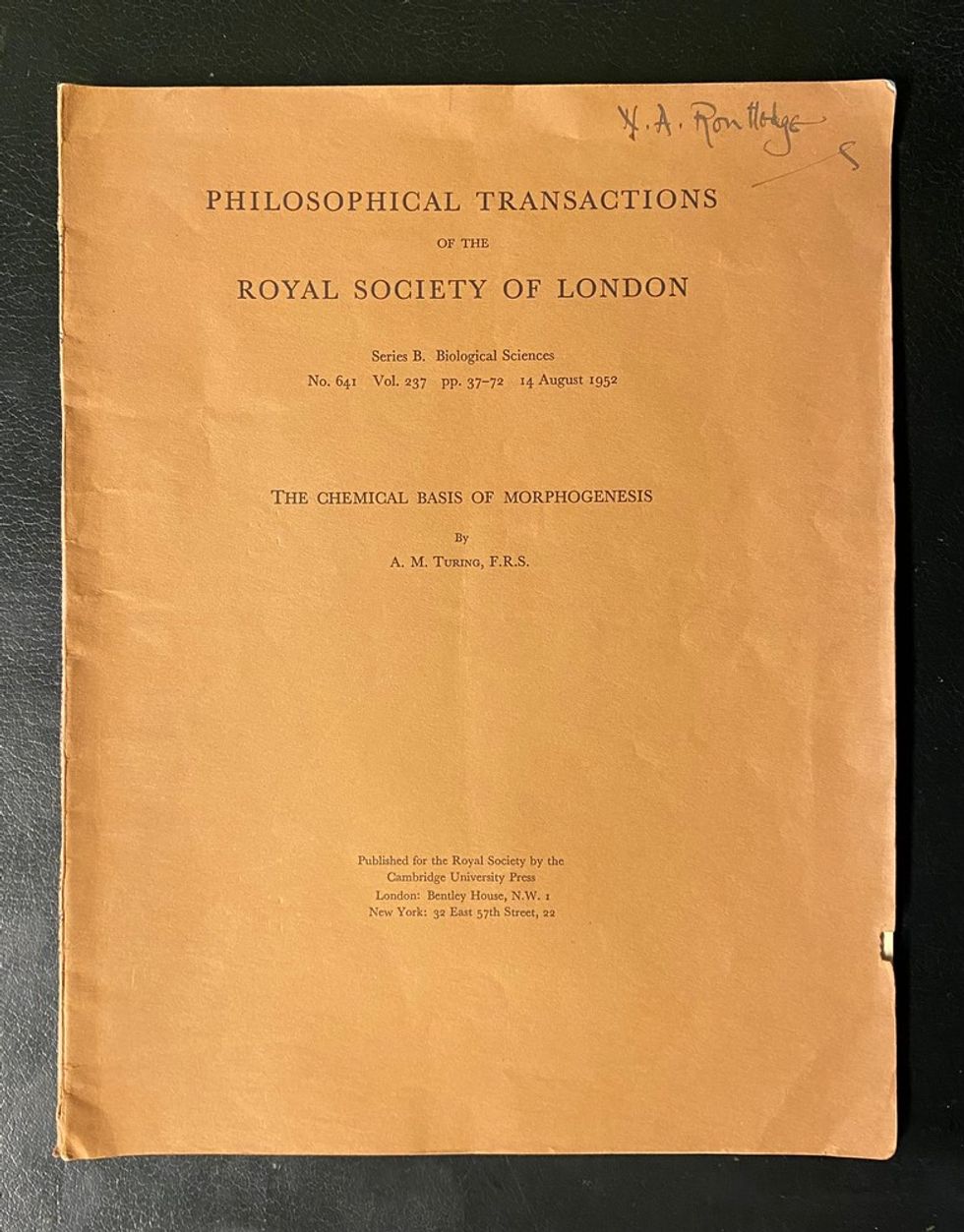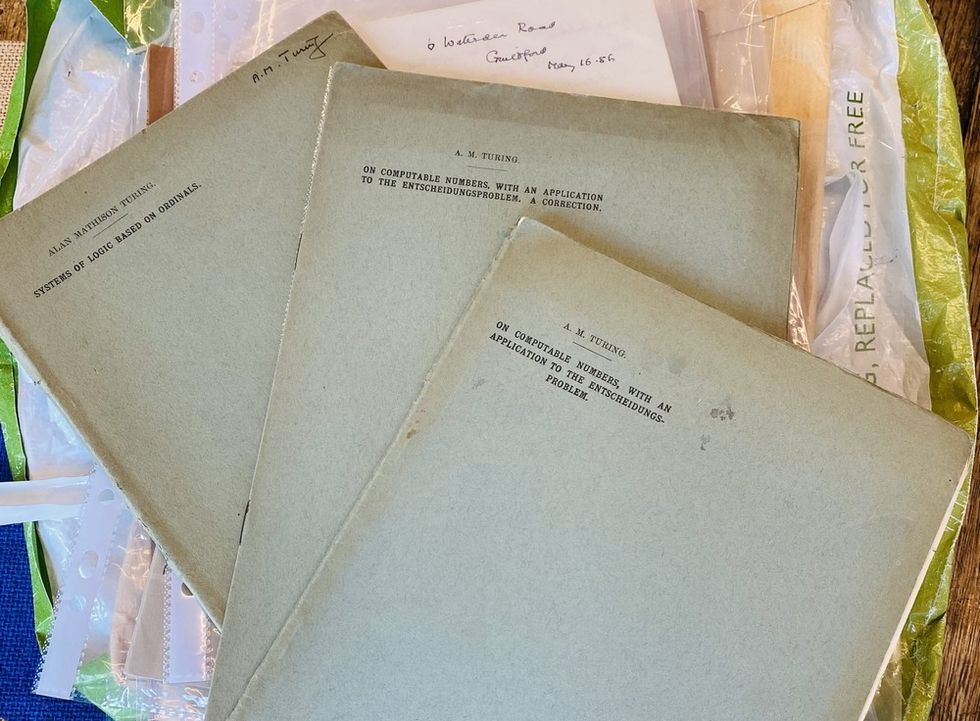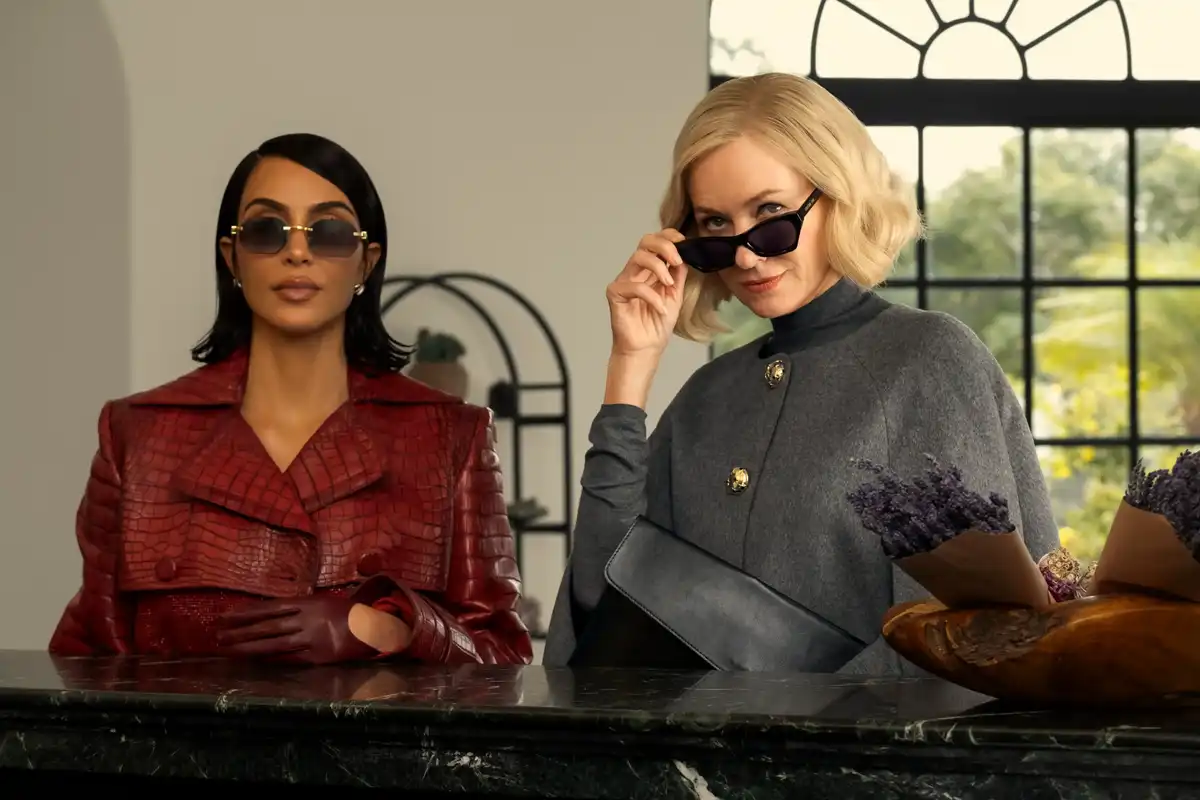Ellie Crabbe
Jun 17, 2025

Rare Book Auctions director Jim Spencer holds Alan Turing’s PhD dissertation (Rare Book Auctions/PA)
PA Media - Rare Book Auctions
Scientific papers belonging to the Second World War codebreaker and computing pioneer Alan Turing which were nearly shredded after being discovered in a loft have sold for a total of £465,400 at auction.
The archive of papers belonging to the mathematician, including a signed personal copy of his 1939 PhD dissertation, Systems Of Logic Based On Ordinals and On Computable Numbers from 1937, described as the first programming manual of the computer age, were sold on Tuesday, Hansons Auctioneers said.
The archive, which sold for what is thought to be a record sum for such Turing material, had originally been gifted to Turing’s friend and fellow mathematician, Norman Routledge, by Turing’s mother, Ethel.
The papers, known as “offprints”, were produced in small numbers and distributed within academia, making them rare survivors.

Routledge kept the papers, which also included letters from the novelist EM Forster, and on his death they were taken to a relative’s loft after his home in Bermondsey, London, was cleared out.
One of Routledge’s nieces previously said: “When (Routledge) died in 2013, two of his sisters had the unenviable task of sorting through and emptying the contents.
“There were lots of personal papers which one sister carted away and stored in her loft. The papers lay dormant until she moved into a care home almost a decade later.
“Her daughters came across the papers and considered shredding everything. Fortunately, they checked with Norman’s nieces and nephews because he’d always been a presence in our lives.”
Auctioneers had estimated the lots would sell for £40,000 to £60,000 each, but On Computable Numbers alone sold for £208,000, Hansons said.
Systems of Logic Based on Ordinals sold for another £110,500, with bidders on phones, online and in person at Rare Book Auctions, part of Hansons, in Lichfield, Staffordshire.
The collection also included The Chemical Basis Of Morphogenesis, which sold for £19,500. Dating from 1952, it is Turing’s lesser-known masterpiece of mathematical biology and his last major published work.
Meanwhile, a single piece of paper which was Turing’s first published paper in 1935, called Equivalence Of Left And Right Almost Periodicity, sold for £7,800.

It was also gifted to Routledge by Turing’s mother and her handwritten letter dated May 16 1956 was included.
The letter reads: “I have to-day sent by registered post 13 of Alan’s off-prints … I have had some requests to write a biography of Alan … I have masses of material because from the time he was about 6 I spotted a winner – despite many detractors at school – and kept many papers about him.”
Jim Spencer, director of Rare Book Auctions, said of the papers, which were brought to experts in a carrier bag: “Nothing could’ve prepared me for what I found in that carrier bag.
“These plain, academic papers were absolutely electrifying – they are the very bedrock of modern computing. Handling them was both humbling and haunting.
“Knowing the tragic arc of Turing’s life only adds to the emotional weight. He was treated appallingly despite all he had done and yet, here, his ideas remain alive, relevant, and revolutionary.”
Mr Spencer added: “This was the most important archive I’ve ever handled. The papers came within inches of being destroyed, and instead they’ve captured the world’s imagination.
“It’s a once-in-a-lifetime discovery – not just for collectors, but for the sake of preserving the story of one of the greatest minds in history.”
Turing, who is widely regarded as the father of computing science, played a central role in breaking the Enigma code, used by the Nazis during the Second World War.
After the war, he was convicted of being involved in homosexual acts and took his own life in 1954, aged 41.
Top 100
The Conversation (0)













